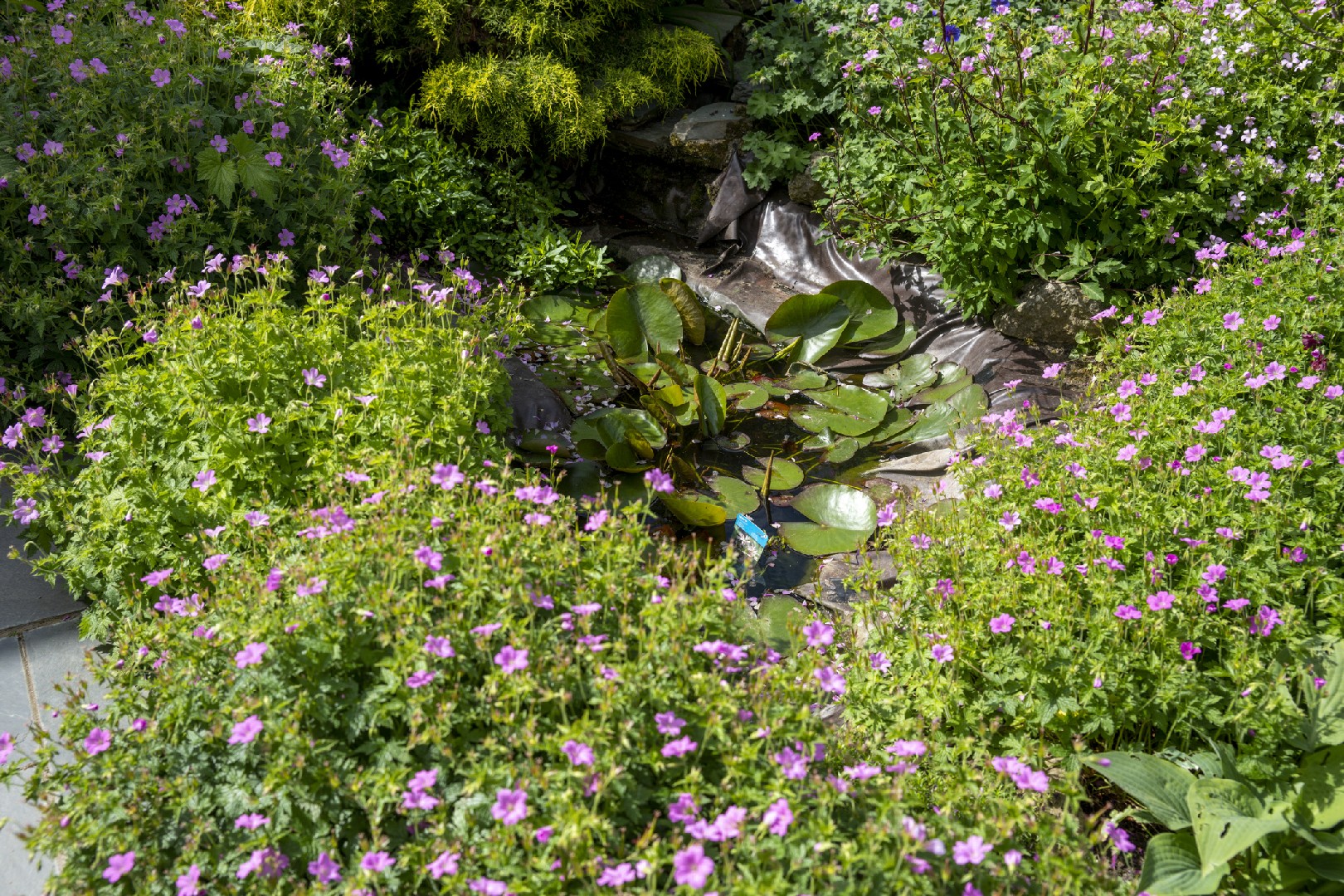![Rectangle]()
Harnessing the Geometry of Water
Water has long been recognized as a powerful element in garden design, and when combined with geometric principles, it can create stunning visual effects and a sense of harmony. In this section, we will explore various techniques of shaping waters in design using principles of geometry and how they contribute to the overall spatial arrangement in a garden.
One of the fundamental techniques in geometric water features is the use of straight lines and angles. Straight lines can be employed to create clean, minimalist designs, while angles can give a sense of structure and order. For example, a rectangular pond or a square-shaped fountain can serve as focal points in a garden, drawing the viewer's attention and creating a sense of balance.
Another technique that can be employed is the use of curves and circles. Curved water paths or circular water features can add a sense of movement and dynamism to a garden. These shapes can also create a smooth flow of water, mimicking the natural curves found in rivers and streams. By carefully considering the proportions and scale of these curved elements, a designer can create a visually appealing and harmonious composition.
Proportion and scale play a crucial role in designing geometric water features. It is important to consider the overall size of the garden and the surrounding elements when selecting the size of the water feature. A small garden may benefit from a compact and symmetrical water feature, while a larger garden may require a more expansive and intricate design. By paying attention to these details, a designer can ensure that the water feature complements the overall spatial arrangement and does not overpower or appear out of place.
When introducing geometric water features, it is essential to consider their function as well. For example, a geometric water feature can serve as a natural divider, separating different areas of the garden and creating a sense of privacy. It can also act as a focal point or a centerpiece, inviting visitors to pause and admire its beauty. Additionally, geometric water features can provide a calming and soothing atmosphere, creating a sense of tranquility and relaxation.
To create a cohesive design, it is important to integrate the geometric water features with other elements in the garden. For instance, geometrically shaped plants or hedges can complement the water feature, reinforcing the overall theme. Furthermore, lighting techniques can be used to highlight the geometric shapes at different times of the day, enhancing the visual impact.
In conclusion, harnessing the geometry of water in garden design offers endless possibilities for creating visually striking and harmonious spaces. By utilizing techniques such as straight lines and angles, curves and circles, and considering proportion and scale, designers can craft water features that not only enhance the visual appeal but also create a sense of balance and tranquility. So, the next time you embark on a garden design project, remember to embrace the power of geometry and let the water take center stage.





